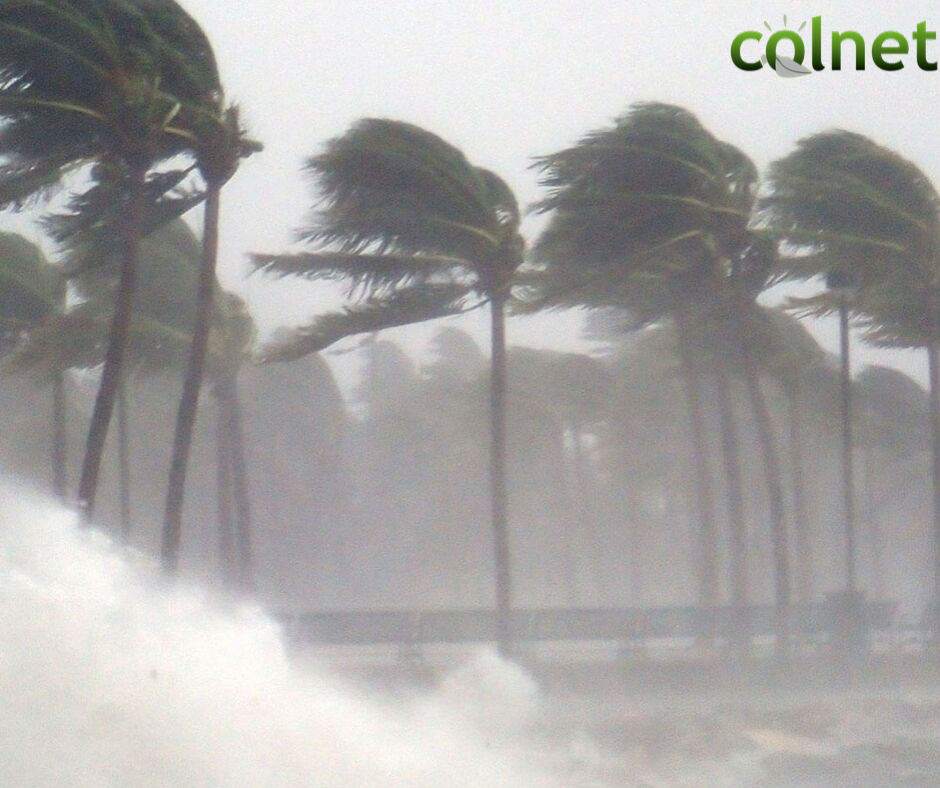Longer-period windstorms have two main causes:
(1) Large differences in atmospheric pressure across a region
(2) Strong jet-stream winds overhead. Horizontal pressure differences may accelerate the surface winds substantially as air travels from a region of higher atmospheric pressure to one of lower.
SAFETY TIPS IN THE EVENT OF AN EXTREME WINDSTORM
If you can shelter in a building:
- Take refuge in your house, preferably in the basement.
- Take refuge in a solid building that can withstand strong winds.
- Stay far away from doors and windows and keep your back to them.
- Do not use the elevator in a building.
Evacuate in a timely manner your mobile home or any other shelter that the wind could sweep away. Also evacuate your home if you receive evacuation instructions from the authorities.
If you cannot take shelter in a building:
- Take refuge in a ditch or other depression in the ground, lie face down on the ground and protect your head with your hands.
- Avoid taking shelter under a bridge, viaduct or overpass, since winds are more intense there.
AFTER A WINDSTORM
- Make sure that your home is safe after a windstorm.
- Inspect the premises for damage.
- Check the roof.
- Check structures that might have been weakened, such as the shed.
- Pick up debris scattered by the wind.
- Never touch downed power lines or electrical installations.
- Cover damaged areas

